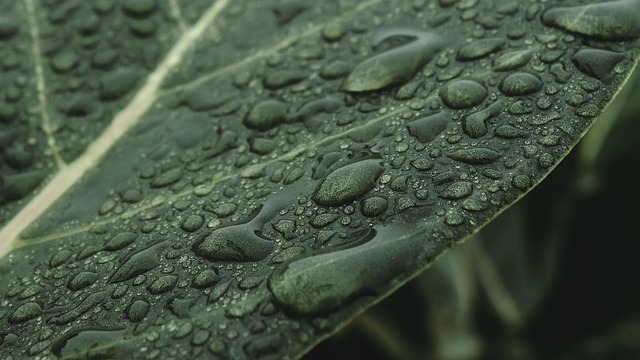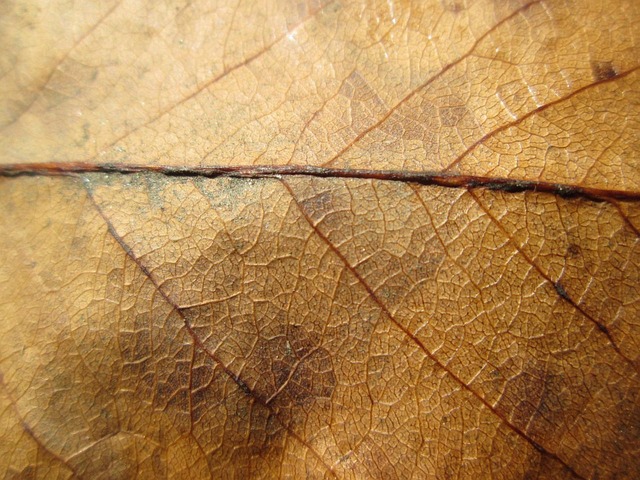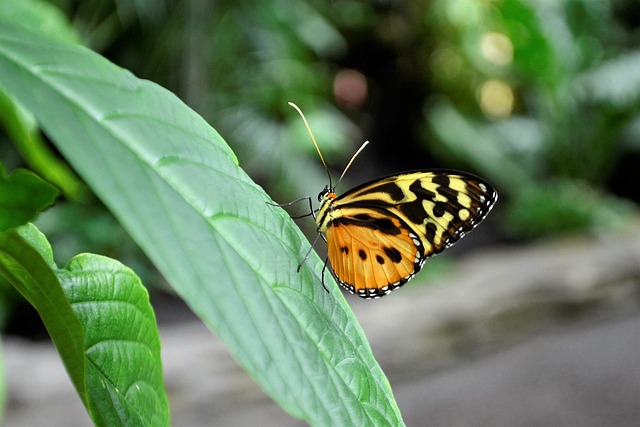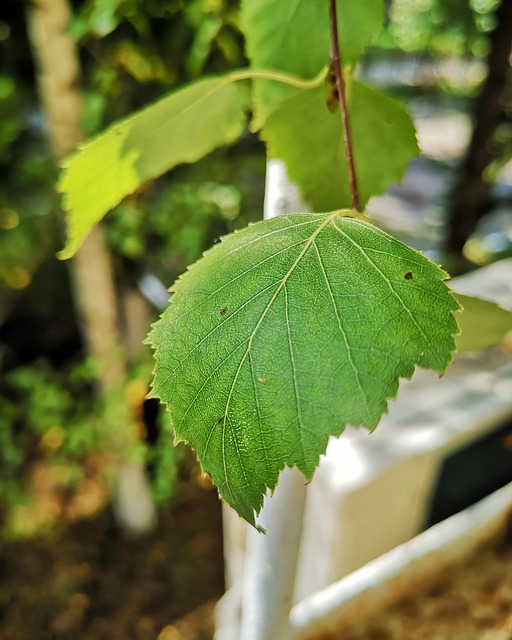Landscaping with native plants in real estate is an eco-friendly, low-maintenance approach that reduces water usage, conserves resources, and promotes biodiversity. Native species are adapted to local climates, requiring less water and maintenance compared to non-native varieties, making them ideal for regions facing water scarcity or strict conservation regulations. This trend enhances property values, appeals to modern preferences for natural, low-maintenance gardens, and creates sustainable, visually appealing spaces that cater to both developers and buyers.
In today’s water-conscious world, understanding and incorporating native plants that thrive with minimal water is crucial for sustainable landscaping. This article explores the benefits of integrating low-water native species in real estate development, focusing on their adaptation to local climates and reduced environmental impact. We delve into specific plant varieties ideal for drought-tolerant landscapes, offering practical insights for eco-conscious developers and homeowners alike.
Understanding Native Plants and Their Water Needs

Native plants are perfectly adapted to the local climate, soil conditions, and wildlife in a particular region. This means they require less maintenance, including water, compared to non-native or exotic species. In the context of real estate, landscaping with native plants is an eco-friendly approach that can significantly reduce a property’s water footprint. These plants have evolved over time to survive on natural rainfall, making them robust and efficient water users.
By choosing native flora, homeowners can create beautiful outdoor spaces while conserving precious resources. This practice is especially relevant in regions facing water scarcity or those with strict water conservation regulations. Native plants offer a low-maintenance, aesthetically pleasing alternative that benefits both the environment and saves on water bills, making it an increasingly popular choice for property developers and homeowners alike.
Benefits of Incorporating Low-Water Native Plants in Real Estate Development

Incorporating low-water native plants into real estate development projects offers a myriad of benefits. Firstly, it promotes sustainability by conserving water resources, which is increasingly important in light of growing water scarcity concerns. These native varieties are adapted to local conditions and require less irrigation, thereby reducing the environmental impact associated with high-maintenance landscaping. This approach aligns perfectly with the growing demand for eco-friendly practices in the real estate sector.
Moreover, low-water native plants contribute to enhanced biodiversity by providing habitats and food sources for indigenous wildlife. They also have a positive effect on property values and aesthetic appeal, creating visually appealing landscapes that cater to modern preferences for natural, low-maintenance gardens. In terms of real estate development, this strategy can lead to more attractive, energy-efficient, and environmentally responsible properties, thus appealing to both developers and potential buyers.
Top Native Species for Drought-Tolerant Landscaping

When it comes to designing drought-tolerant landscapes, choosing native plant species is a smart move for both your garden and the local ecosystem. These plants are well adapted to the region’s climate, requiring minimal water and maintenance, making them ideal for real estate properties in arid or semi-arid areas. For instance, consider the vibrant wildflower mix of California poppies, lupines, and coreopsis, which not only reduce water usage but also attract beneficial insects and birds.
Another excellent option is the diverse selection of succulents and cacti native to various regions. These plants store water in their leaves or stems, making them remarkably drought-tolerant. From the iconic saguaro cactus in the American Southwest to the charming sedum varieties found worldwide, these species can add a unique aesthetic to any landscape while requiring minimal intervention.






